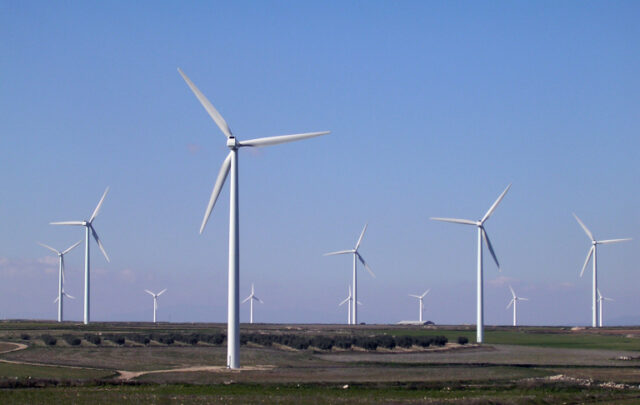In October, 2014, Deutschebank issued a report stating that solar will reach grid parity in 36 of fifty US states by 2016. Solar has already reached parity in 10 states that currently account for 90% of solar electricity generation. Moreover, Deutschebank estimates that further installed capacity will grow as much as 6 fold in the next 3-4 years.
This is truly “game changing” in that unlike shale gas or tight oil, solar capacity has virtually no limits. And therein lies the jewel. Solar, like wind, is not a fuel. It is a technology. And as we know, technologies typically become more efficient and more cost effective over time and with scale. The cost of photovoltaic cells has dropped 99% over the past twenty five years while the cost of coal, oil and natural gas has risen 450% in half that time. But most impressively, solar is already at parity with hydrocarbons although it enjoys only a tiny market share at present.
Moreover, where once solar costs were heavily correlated to the price fluctuations of oil, it has now decoupled. In the past, for instance, when crude prices dropped investment in solar used to be decimated. It was assumed that as long as oil prices stayed low, we could rock on with business as usual and not worry about the need for alternatives. That has changed. Whereas the co-efficient for solar to crude used to be quite high, indeed as high at times as the co-efficient for companies like Shell or Exxon Mobil whose financials are directly tied to crude prices, the relationship appears to no longer exist. To give an example, if 1 equals a direct correlation with crude prices, solar only a year and a half ago traded at .7. That co-efficient has now plunged to virtually nil.
This relationship can also be seen in the share prices of solar companies to Big Oil. Where once Big Oil used to lead the major indices like the Dow, they are now laggards. But a comparison with solar companies is even more damning.
For instance, over the past two years an investment in Solar City rose a staggering ~450%. Buying shares in First Solar would have seen gains of ~160%. If, however, an investor placed his or her money into Conoco Phillips, long touted by oil and gas pundits as the shale genius, one would have realized gains of ~71% or less than half of the lesser performing First Solar and a mere 1/6 of the gains of an investment in Solar City. If that same investor really believed that Big Oil was a good investment and had placed monies with Exxon Mobil, he/she would have received a meager ~6% return. Clearly there are much better places to park investment dollars.
And as if that weren’t enough, more and more analysts are speaking heresy. Talk of oil price collapse is becoming more common, a scenario that was once unthinkable. And perhaps most importantly, they don’t see it far out in the future. It is upon us.
Bernstein Research thinks that while solar has only a small percentage of market share overall, solar PV coupled with battery storage has the capacity to trigger severe price deflation for hydrocarbons. And within one decade. UBS concurs with predictions of solar DG (roof top) coupled with EV’s will bring about radical change in the automotive sectors as well as the energy sector. The economics simply make sense. An electric vehicle can store energy generated on site and thereby enhance the economics of solar roof top installations while at the same time saving the consumer money on driving. It costs currently about 2 cents/mile for electric as opposed to 14 cents/mile for internal combustion engines. And these costs will only fall further dependent upon scale and new innovations.
And note that not one word has been said about the need for climate change measures. Such economics is strictly business.
This is not meant as a solicitation for stocks. The author holds a long position is Solar City only and has no plans for disposal in the next 72 hours.






